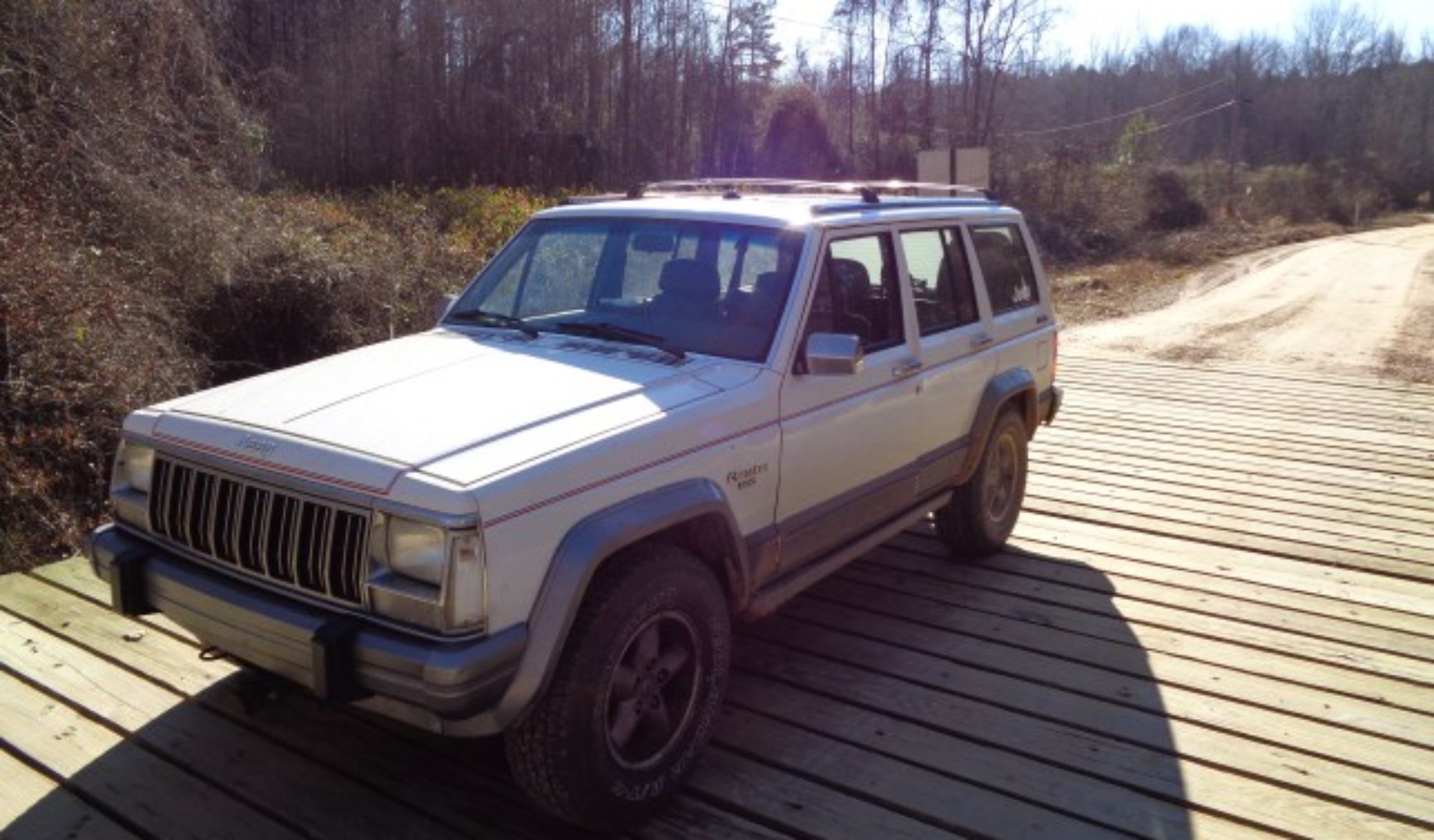How to replace the fan clutch on a Ford Explorer
My friends 1993 ford explorer was running hot when sitting still or climbing his long step driveway. He had correctly guessed that the fan clutch was not working properly.
At the parts store, we picked up a new belt and a fan clutch. Leaving the truck parked while we got parts allowed time for it to cool.
I noticed when I pulled the clutch out of the box that it mounted differently from the Jeeps I am accustomed to working on. Instead of having four small bolts, it has one big one in the center.
I dug through the tool box and I did not have any open end wrenches big enough to go over the nut. The nut on the explorer is 36mm. Even my largest adjustable wrench would not open up enough to engage the nut.
My friend made a quick call to the parts store and found that they had the tool in their loan a tool program. So back to the store we went to get the correct tool. There was a hefty deposit required but the counter guy was nice enough to simply hold his check while we used the tool.
Back at the shop, the tool set had not only the correct wrench to fit the clutch but a handy tool for holding the water pump pulley while removing it. The mounting nut came loose with much less force than I expected and I mashed my thumb between the two wrenches.
I found it was much easier to remove and replace the clutch with the belt off. It was really easy to install the belt with he fan out of the way, but I had to take the belt back off to get the clutch started on to the water pump shaft threads.
So from what I learned, here is how to change a fan clutch on an explorer:
Loosen the belt by putting a socket on the tensioner and move it off the belt. Loosen the fan shroud by removing the two bolts at the top.
Use the special tool, to hold the water pump. Then use the proper wrench to turn nut to loosen the clutch from the water pump. Spin the water pump pulley while holding the fan to remove the clutch.
Remove the shroud and fan at the same time. Remove the four bolts that hold the fan to the clutch. Place the fan on the new clutch and bolt it in place. Put the new assembly in the shroud and lower it in to place.
Hold the fan and spin the water pump to thread it into the new clutch. Tighten with he special tools. Clip the bottom of the shroud into place. Reinstall and tighten the two shroud bolts that the top of the radiator.
Move the tensioner away from the belt and slip the belt back in place. Check for any loose items or tools before starting the engine to test.[phpbay]fan clutch, 10[/phpbay]

 HELP Wiper bushing kit
HELP Wiper bushing kit




































